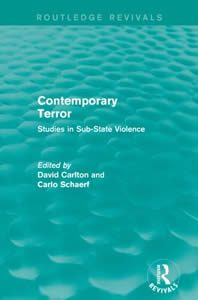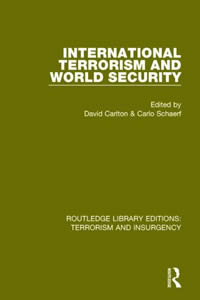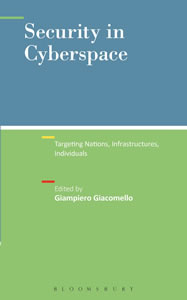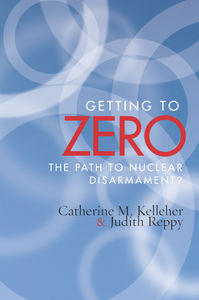
50 Years of Experience in Nuclear Education
Edited by Paolo Foradori, Giampiero Giacomello, Alessandro Pascolini
Link to the book
© 2018 – Palgrave Macmillan
371 pages
About the Book
This volume is a collection of contributions by world-leading experts in the nuclear field who participated in the educational activities of the International School on Disarmament and Research on Conflicts (ISODARCO). It features some of most prominent scholars and practitioners who contributed in fundamental ways to shaping policies, strategies, theories, scholarly studies, and debates in the field of non-proliferation and disarmament. On the occasion of ISODARCO's 50th anniversary this book revisits a selection of contributions that capture the pressing issues during the five decades of continuous engagement in disarmament and non-proliferation education.
Table of Contents
List of acronyms; Notes on Contributors; Introduction, Paolo Foradori, Giampiero Giacomello, Alessandro Pascolini.
PART I - EARLY ATTEMPTS TO ARMS CONTROL
Introduction to Part I - 1 Technological Aspects of World Security, Bernard T. Feld; 2 Anti-ballistic Missiles, Francesco Calogero; 3 International Relations and Game Theory, Anatol Rapoport; 4 The Origins of MIRV, Herbert F. York; 5 The Importance of Agreements, Thomas Schelling; 6 The Fallacy of Thinking Conventionally about Nuclear Weapons, Hans J. Morgenthau; 7 Strategic Arms Limitation and Military Strategic Concepts, Michail A. Milstein.
PART II - THE HARD TIMES, 1978-1989
Introduction to Part II - 8 Radiation Hazards in Fission Fuel Cycles, Joseph Rotblat; 9 The Dilemma of European Theatre Nuclear Arms Control, Lawrence Freedman; 10 Nuclear Arms Control: Obstacles to Agreement, George Bunn; 11 International Systemic Features Inhibiting Disarmament and Arms Control, David Carlton; 12 The Problem of the Nuclear First-Use Option, Cui Liru; 13 The Problem of Extended Deterrence in NATO, Jane M. O. Sharp; 14 Minimum Deterrence and International Security, Richard H. Ullman.
PART III - AFTER THE COLD WAR
Introduction to Part III - 15 Weapons on Earth and in Space: Global Security in the New International Situation, Richard L. Garwin; 16 The Non-Proliferation Treaty and the German Choice Not to Proliferate, Harald Müller; 17 US-Russian Cooperation on Fissile Material Security and Disposition, Frank von Hippel and Oleg Bukharin; 18 The New Verification Game and Technologies at our Disposal, Patricia Lewis; 19 Nuclear Deterrence, Disarmament, and Non-Proliferation, Alexei G. Arbatov; 20 Nuclear Abolition or Nuclear Umbrella? Choices and Contradictions in United States Proposals, Matthew Evangelista; Conclusion: ISODARCO as an Epistemic Community, Paolo Foradori, Giampiero Giacomello, Alessandro Pascolini; Afterword. Historical notes on ISODARCO, Carlo Schaerf.
Selected Bibliography



